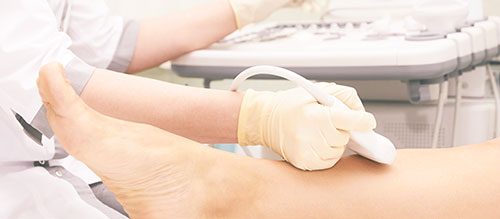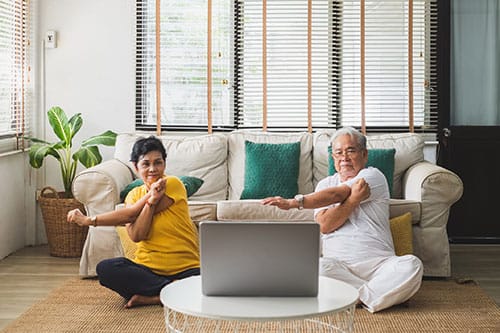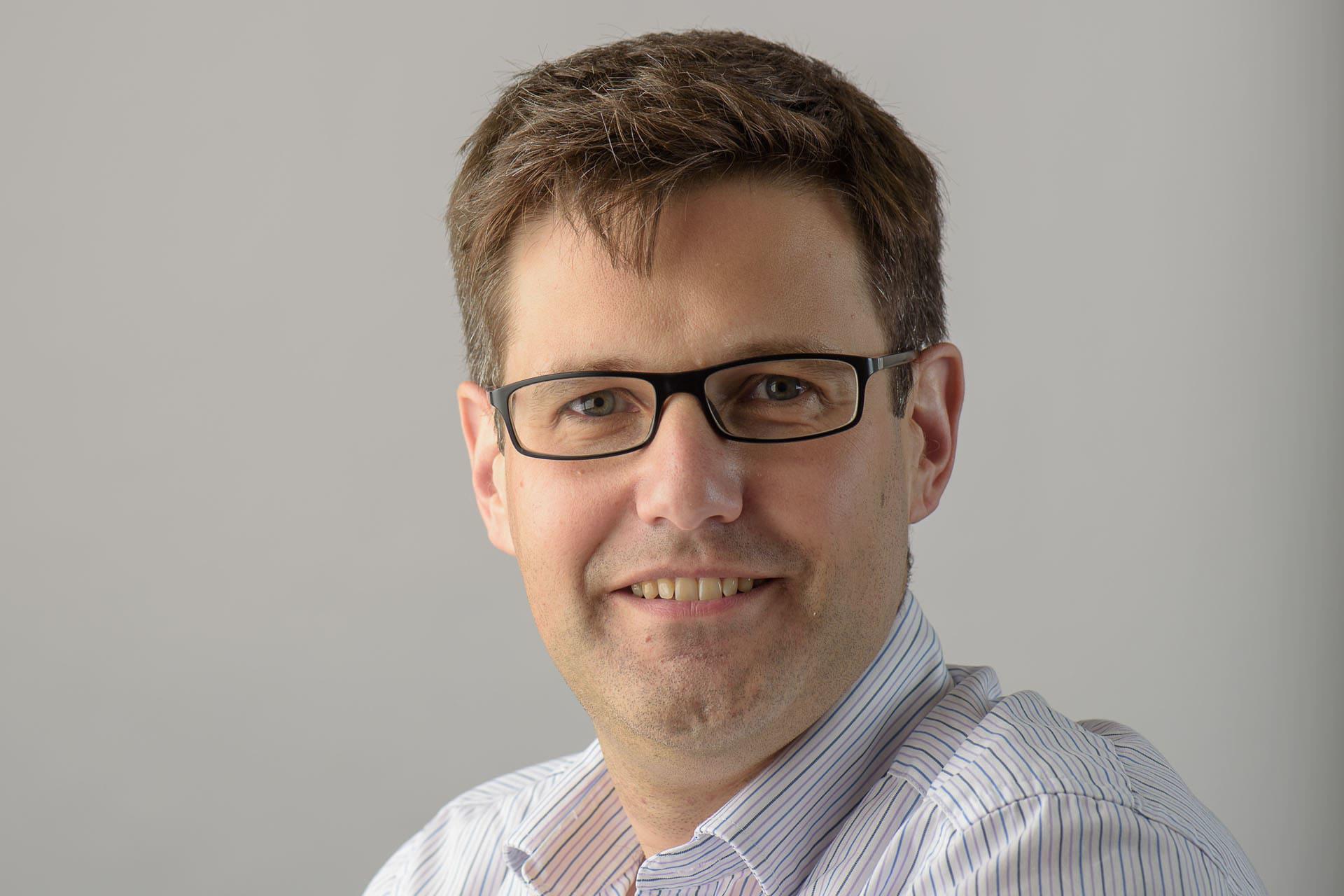Home » Case studies »
Ultrasound analysis detection of sarcopenia

Despite its common occurrence and impact on patients, sarcopenia (a muscle wasting syndrome) is not routinely assessed, in part due to a lack of methods that are easy to undertake to assess muscle mass in various health care settings.
The lack of data on sarcopenia in a wide range of chronic diseases is a limitation. We therefore included in our research the assessment of an ultrasound method to assess muscle volume (Bilateral Anterior Thigh Thickness (BATT) and quality (echogenicity) using a portable instrument and also assessed ease of use by minimally trained health care staff.
We also aimed to determine the relationship of BATT and ultrasound echogenicity with physical function parameters of sarcopenia and test the reliability of ultrasound echogenicity measurements.
In 113 healthy young adults and 70 older adults with suspected sarcopenia, ultrasonography was used to measure the thickness of rectus femoris and vastus intermedius bilaterally. Echogenicity was assessed using freeze-frame images. All individuals underwent anthropological, frailty and physical performance assessments.
We showed that the BATT was correlated with grip strength and walk speed and Ultrasound echogenicity increased with age and frailty. Lay sonographers were able to reliably reproduce the same muscle thickness measurements but not the same muscle echogenicity measurements.
This study supports the use of ultrasonography to identify low muscle size in sarcopenia and provides a pragmatic diagnostic tool that is non-invasive, without radiation exposure, and usable in both community and hospital settings.
The proposed BATT criteria could be used to identify low muscle size in clinical practice and research, and in this tool has excellent correlation with physical parameters of muscle health. This method is being used in our assessment of sarcopenia in a national Long COVID study.
Latest case studies

Home-based intervention to reduce sarcopenia
It is already well established in age-related sarcopenia (a muscle wasting syndrome) that resistance exercise…

Ultrasound analysis detection of sarcopenia
Despite its common occurrence and impact on patients, sarcopenia (a muscle wasting syndrome) is not…


